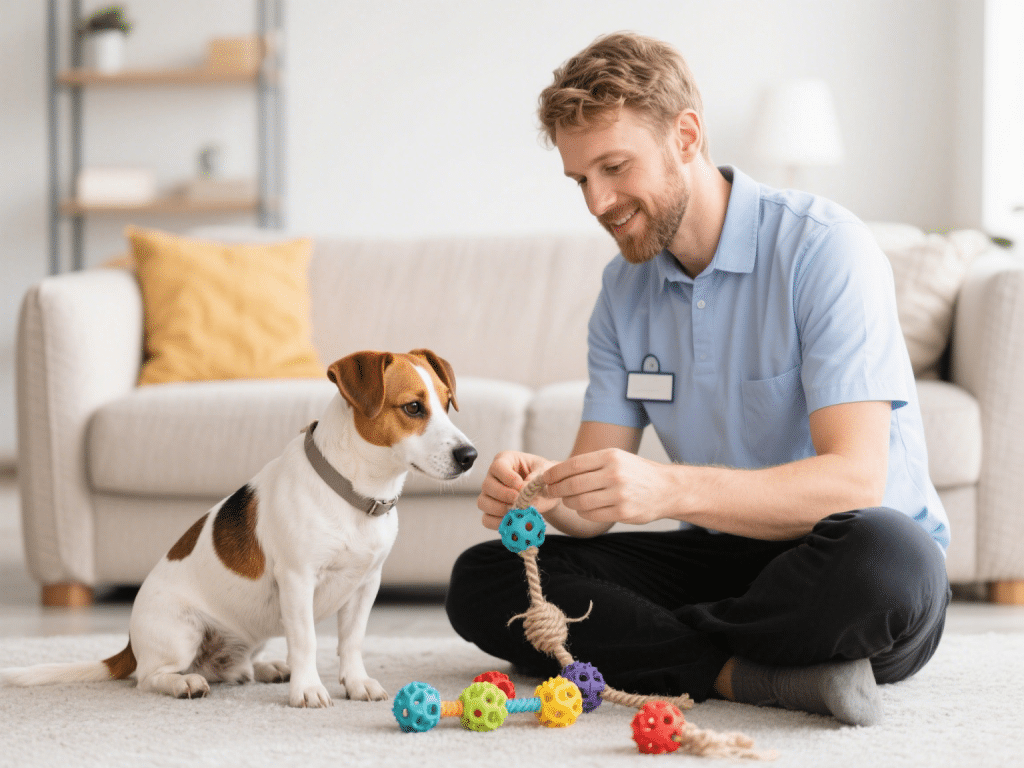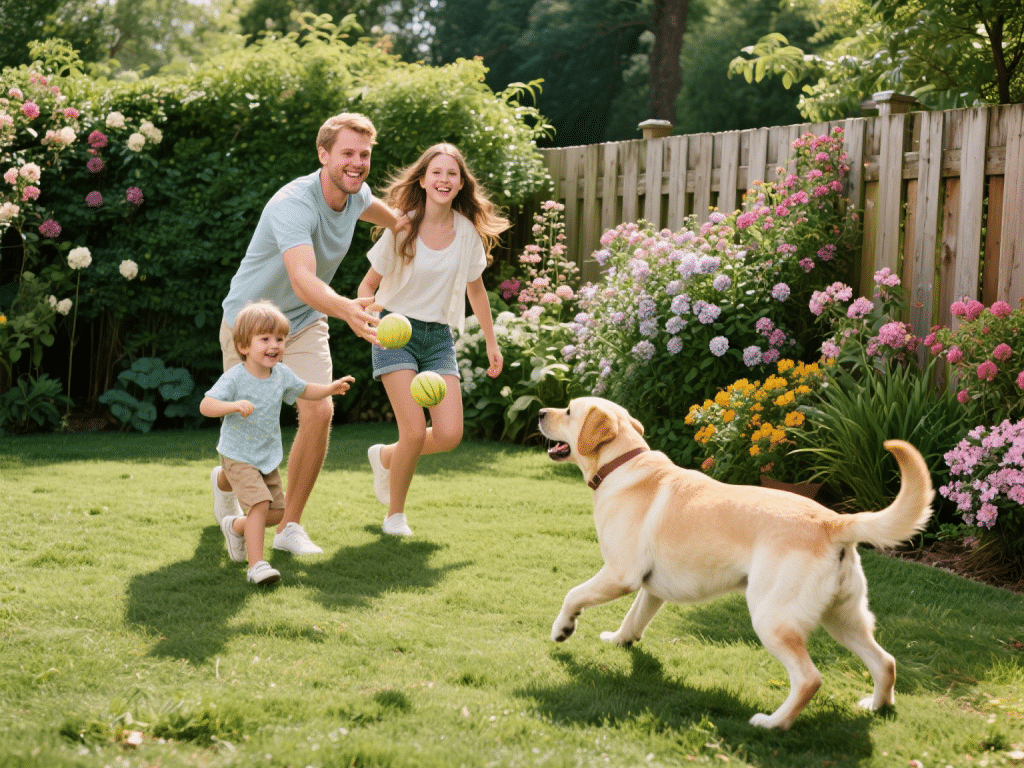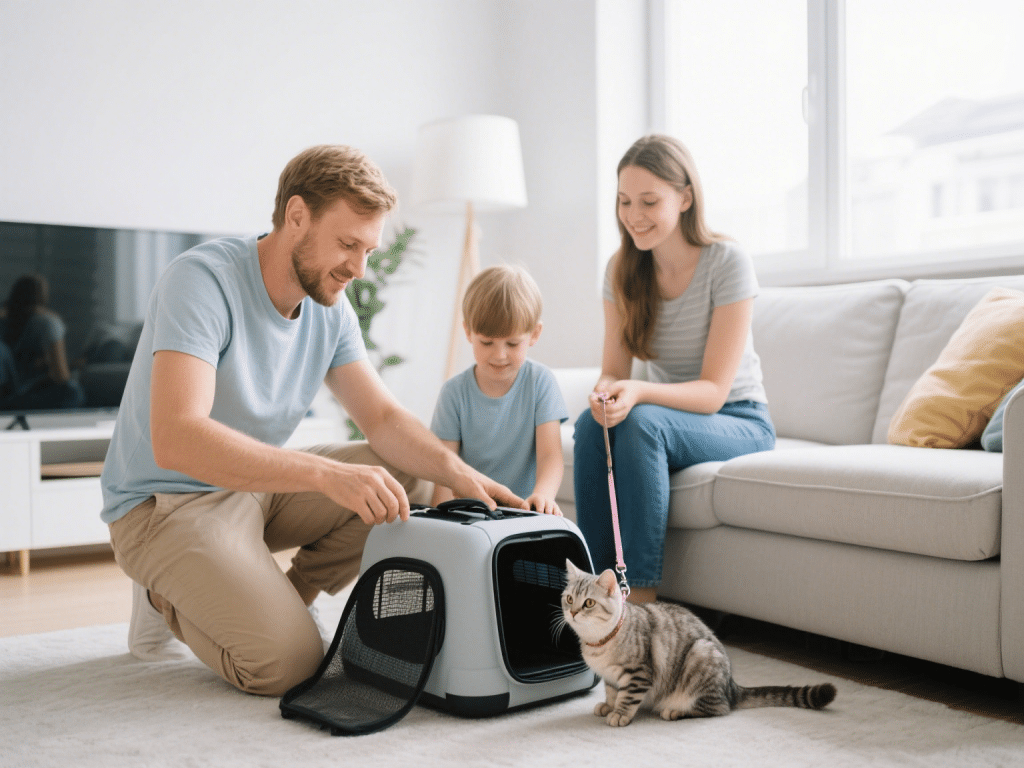
Rescue dogs often arrive with trauma from neglect or abandonment, manifesting as fear, resource guarding, or separation anxiety. As a certified shelter behavior specialist, I’ve rehabilitated hundreds of rescues, guiding adopters through a compassionate, structured transition. Below is a phased protocol fostering security, trust, and resilience.
Stage 1: Sanctuary Phase (Weeks 1–2)
Quiet space: Provide a dedicated room with bed, toys, and water.
Routine establishment: Consistent feeding, walking, and rest schedules build predictability.
Stage 2: Relationship Building (Weeks 3–4)
Name training: Use high-value treats to reinforce response to name.
Confidence-building games: Encourage simple nose-work puzzles.
Stage 3: Exposure and Socialization (Weeks 5–8)
Controlled outings: Short, leashed walks in quiet areas; gradually introduce other dogs at a distance.
Handling desensitization: Gentle grooming and vet-handling simulations to reduce fear.
Stage 4: Independence and Enrichment (Weeks 9+)
Alone time conditioning: Start with 5-minute departures, increasing duration to prevent separation anxiety.
Advanced training: Teach “place” and “settle” commands to improve impulse control.
Conclusion:
With structured stages emphasizing safety, routine, and positive experiences, rescue dogs learn to trust again and flourish in their new homes. Consistent reinforcement and empathy are the cornerstones of successful adoptions.










